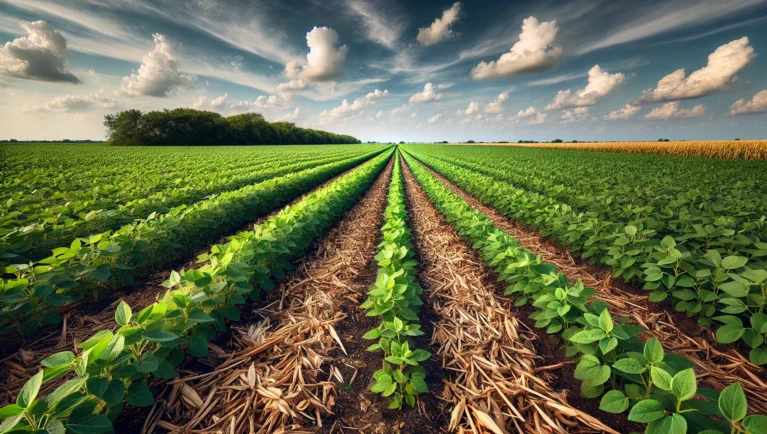
Part 4 of “No-Till, No Limits.
In agriculture, every challenge is a new opportunity. As the interest in no-till farming increases, there’s an opportunity for seed companies, livestock producers and all of agriculture to work together to create more demand for the small grains and other crop varieties that allow for successful no-till crop rotations.
One potential market is feed companies that supply livestock producers.
“Imagine if 25% of everybody’s bacon cheeseburger came from animals that had been fed a significant part of their ration with small grains,” Ehrhardt says. “All of a sudden, the landscape in southern Minnesota and northern Iowa changes a lot, you see a lot more small grains out there because farmers can afford to grow small grains because they have a place to sell them.”
For this to be effective, Ehrhardt says there has to be an incentive for livestock producers and feed companies to essentially redo their rations. There has to be incentive for seed companies to develop region-specific, no-till-friendly varieties, traits or treatments to push the entire industry toward more sustainable practices.
He makes the argument that if consumers are given the option to choose meat, eggs and dairy products that were raised with small grains in the ration as a means of supporting conservation farming practices and climate-smart commodities, a market could be created. It opens a greater pathway for livestock producers and seed companies to get involved with the climate-smart farming conversation that is otherwise limited as the focus is overwhelmingly on crop production.
The reality is no-till farming is a cornerstone in conservation farming and climate-smart agriculture. There are tangible benefits for soil health, water management and for carbon sequestration. While innovations in seed genetics, equipment and crop inputs have continued to make no-till systems more effective, challenges remain.
Crop rotations are key to effective no-till farming but are limited by the markets and the ability to sell crops other than corn and soybeans. The entirety of agriculture needs to work together on the whole picture and develop these markets to further support no-till farming.
As Weaver puts it, “No-till farming is not just a method; it’s a commitment to sustainable agriculture and a better future for our planet.”
With continued support from seed companies and the agricultural industry, no-till farming can indeed lead the way in conservation practices, ensuring both productivity and environmental stewardship.
“No-till is going become more and more important,” Ehrhardt says. “For our little company, we 100%, are working on improved emergence, speed to canopy, and early season growth for corn.”
The post Collaborating for a Climate-Smart Future appeared first on Seed World.



